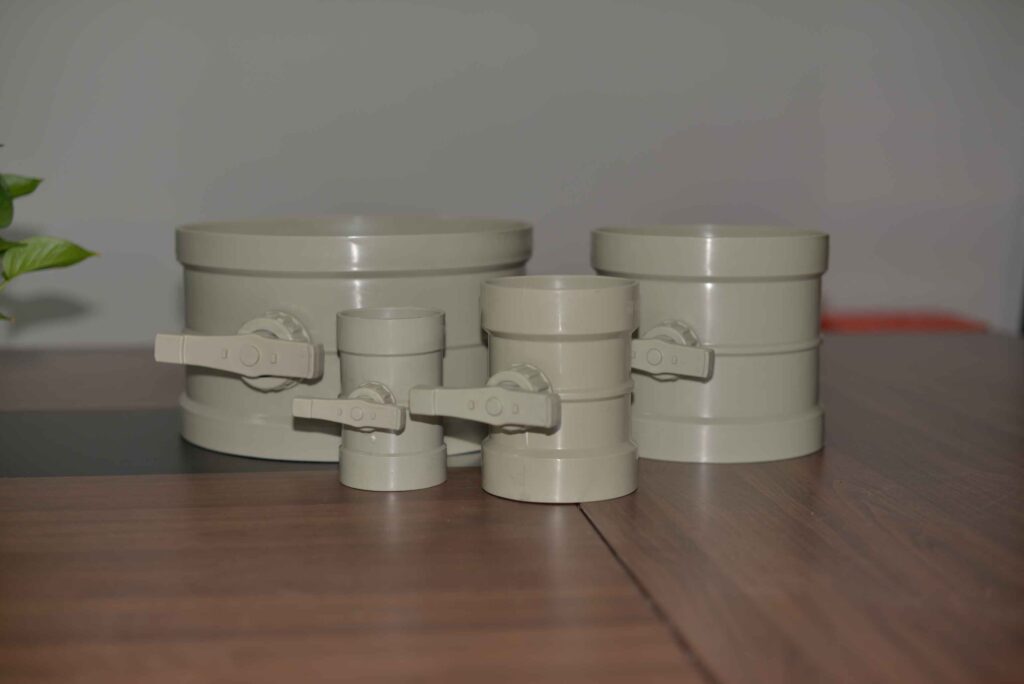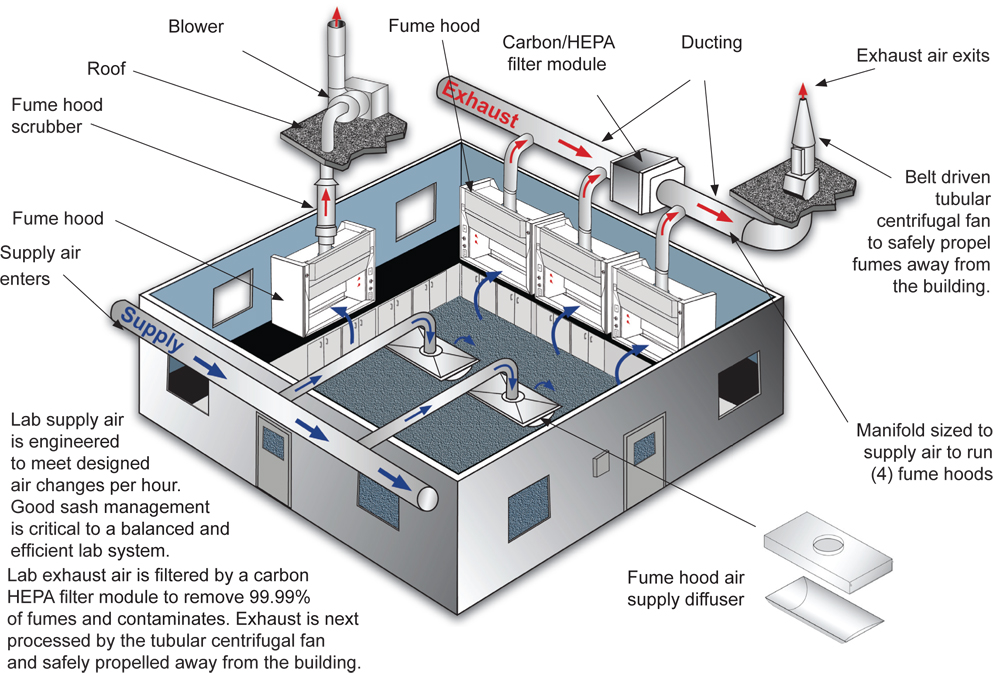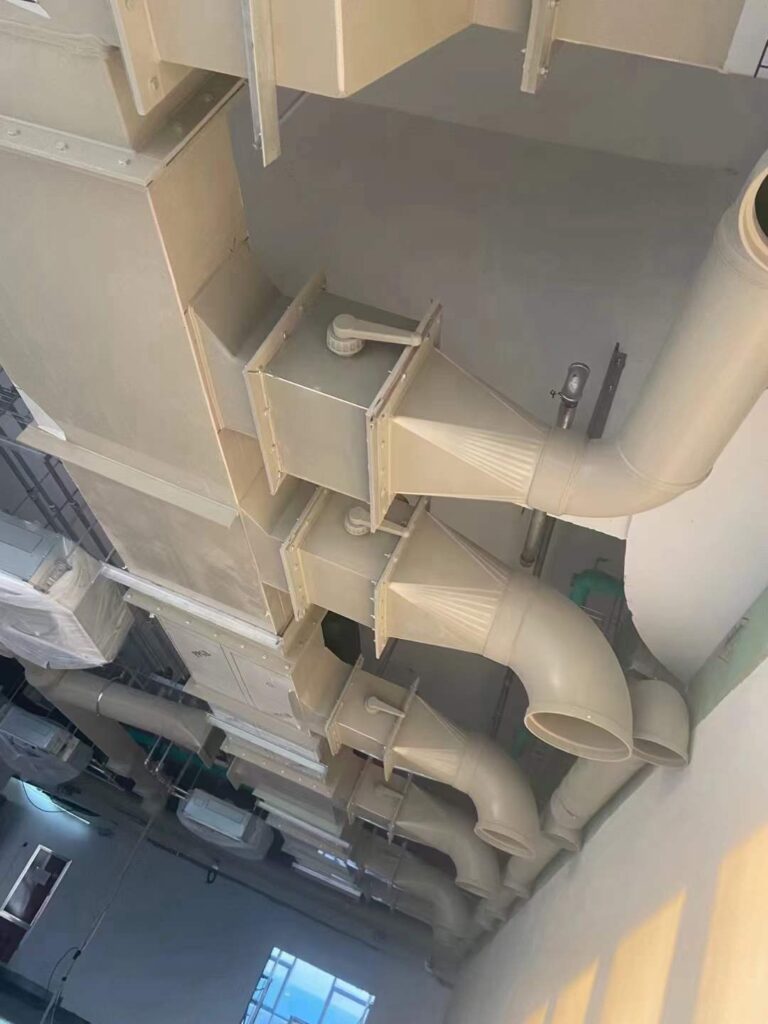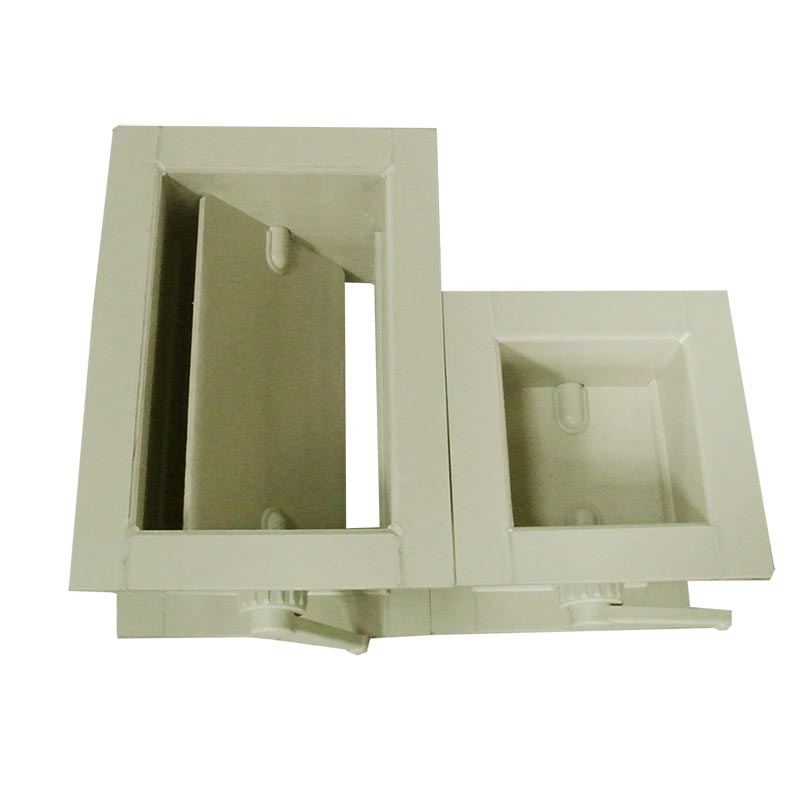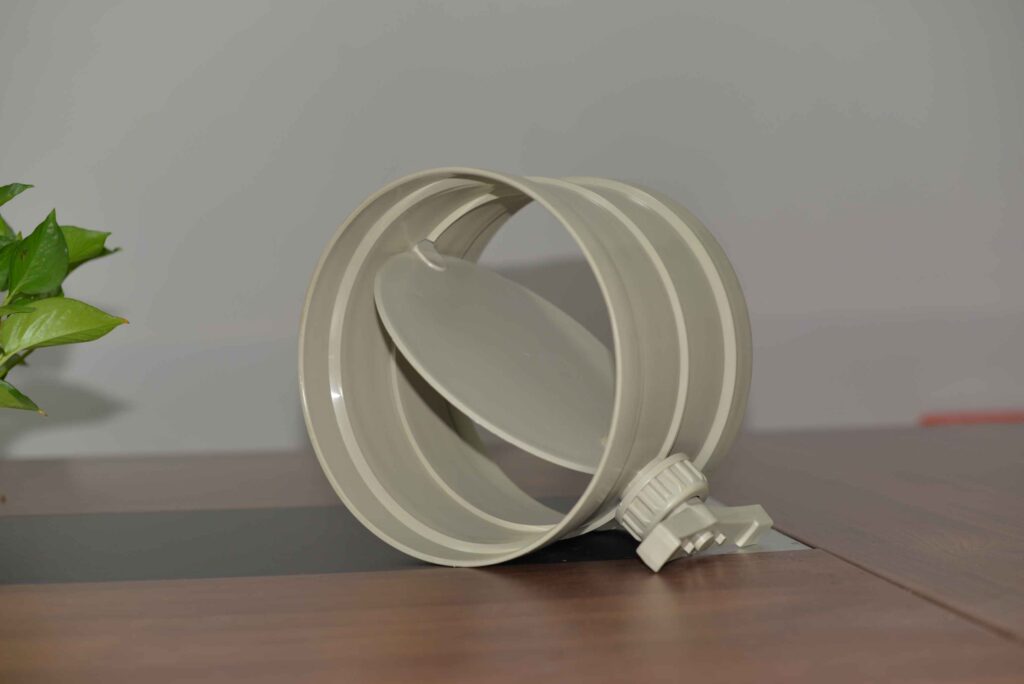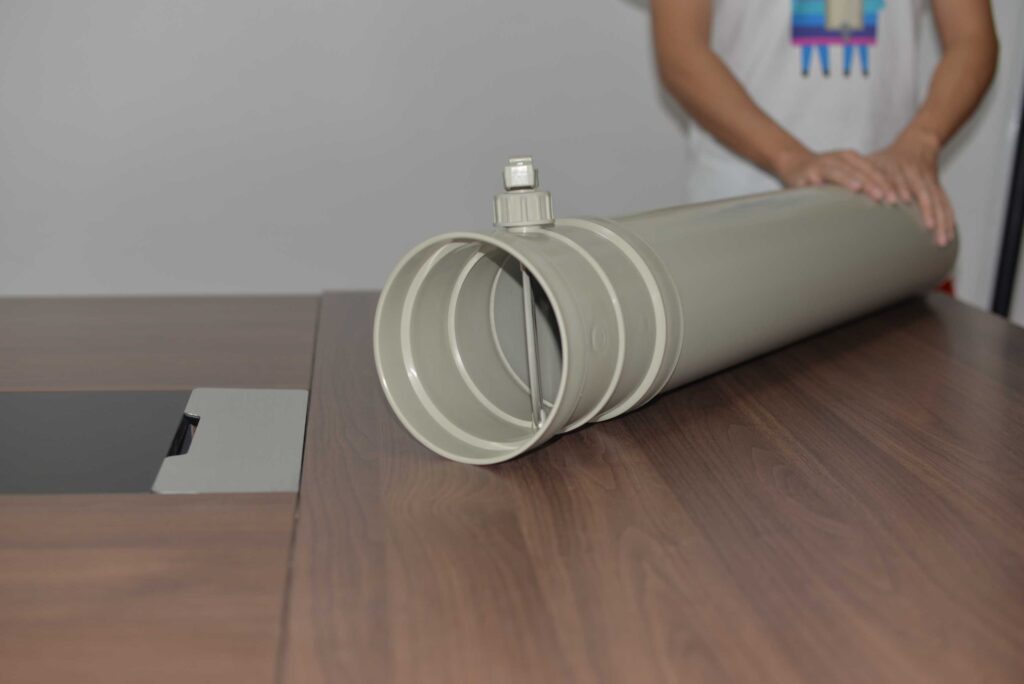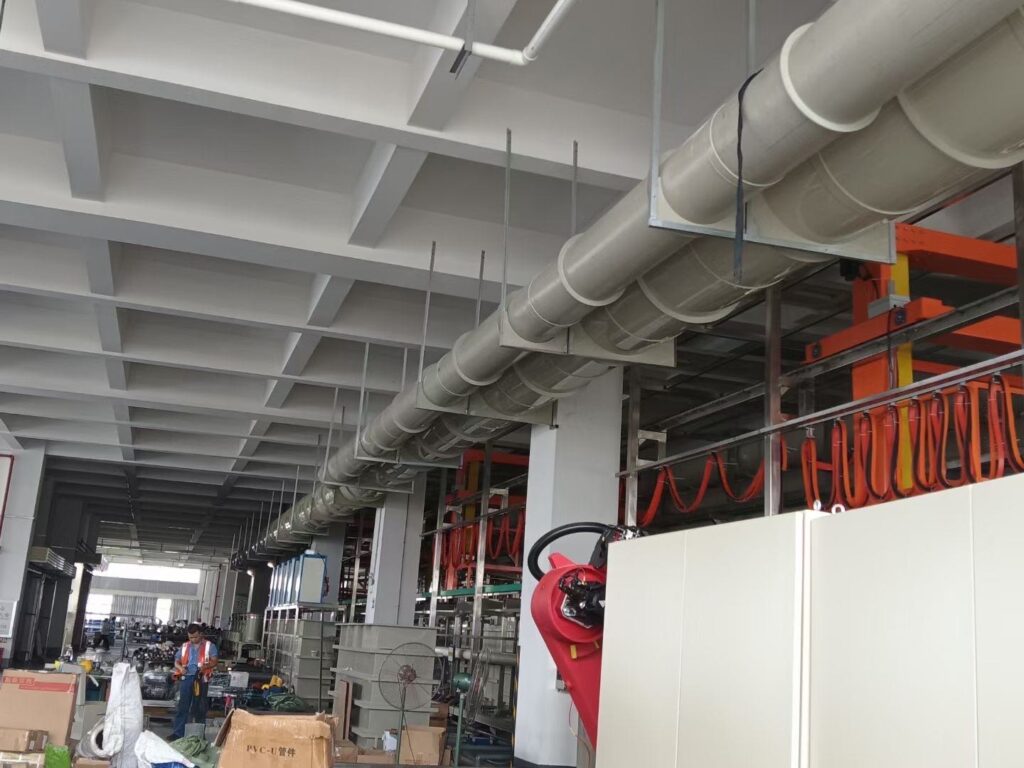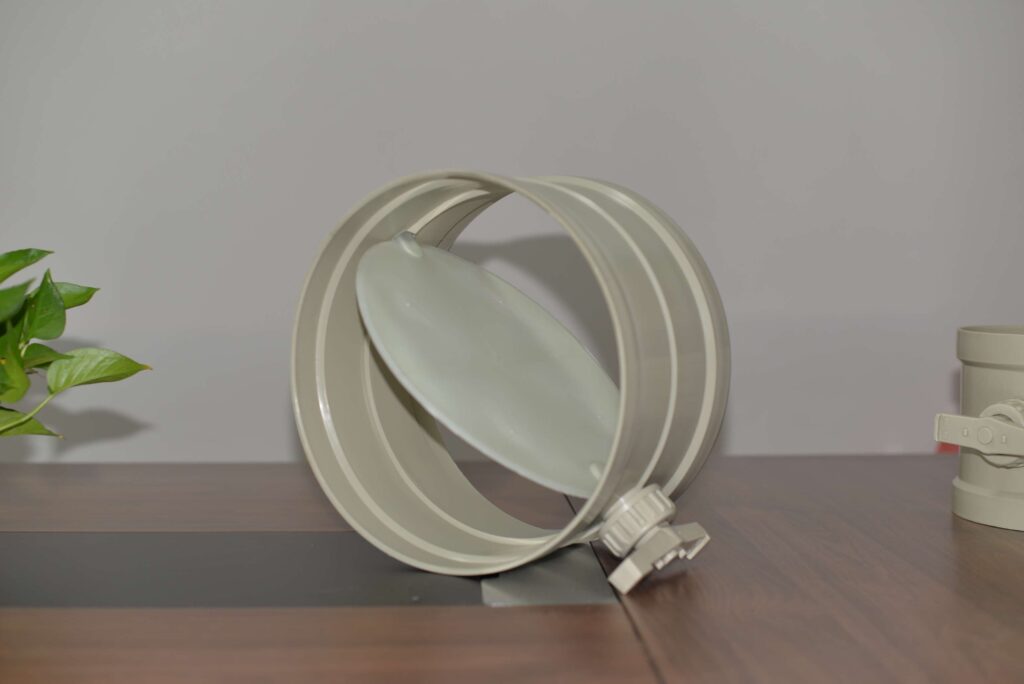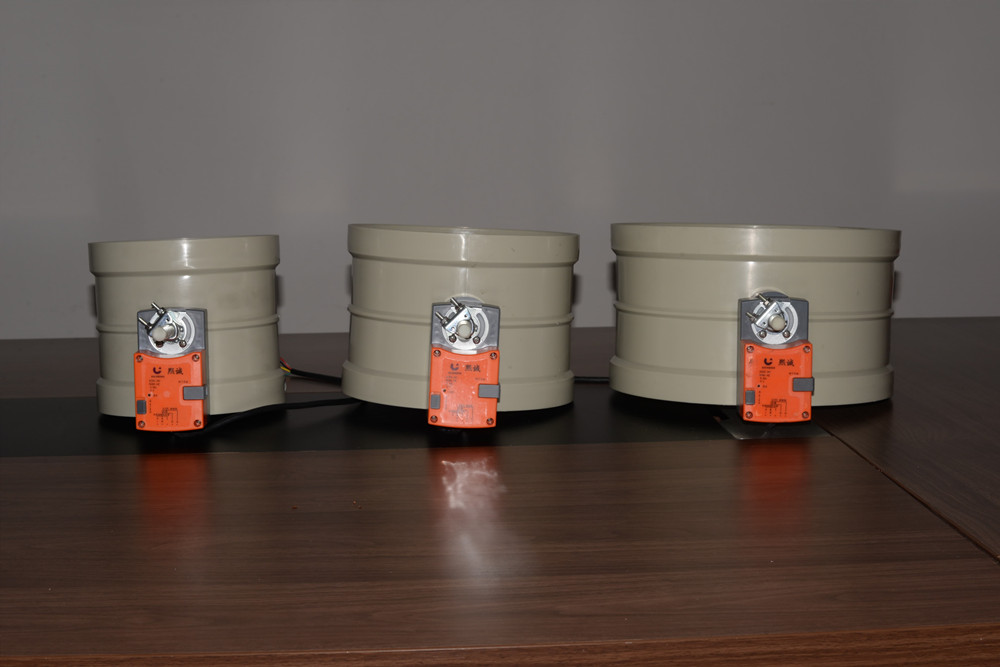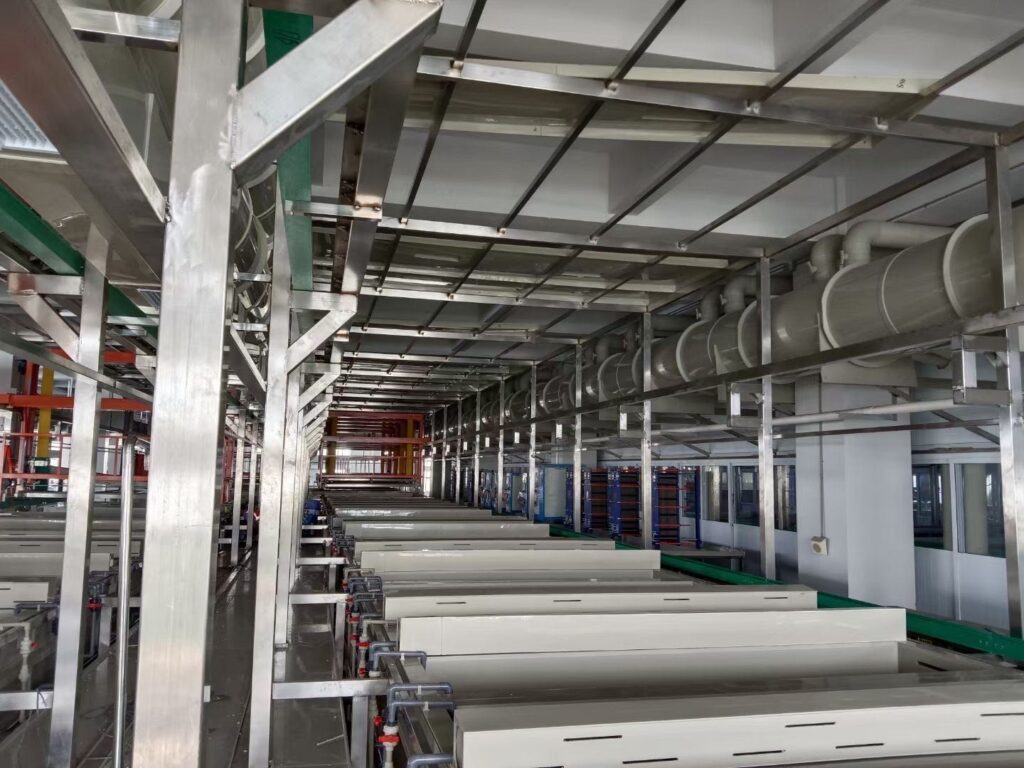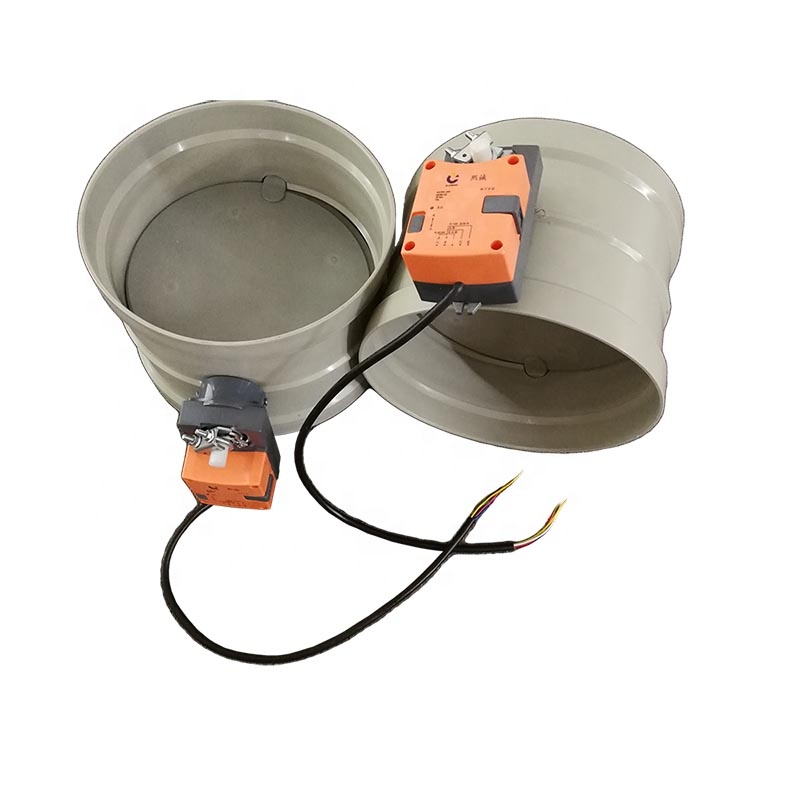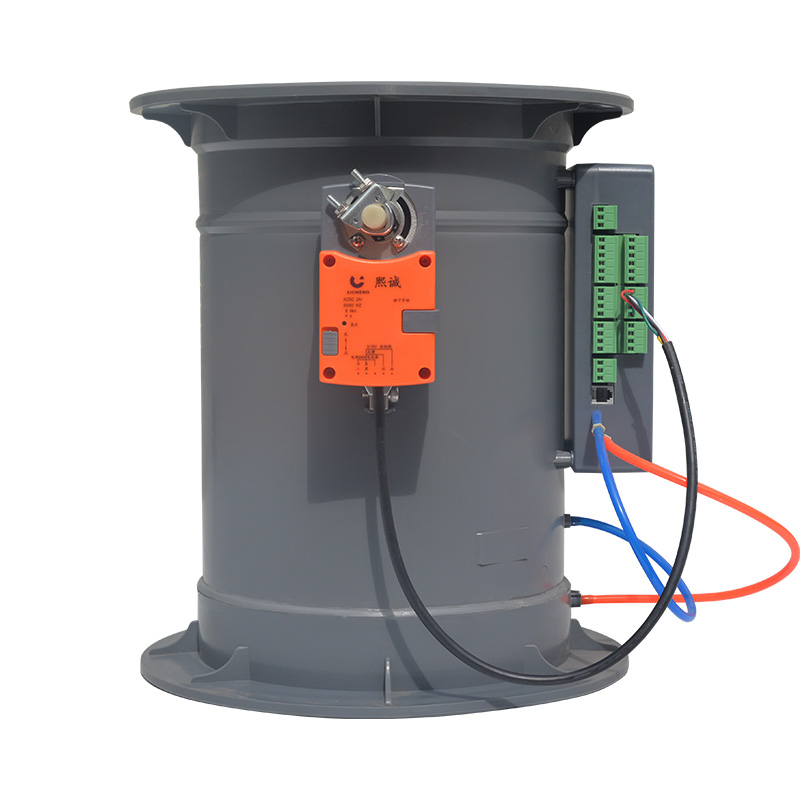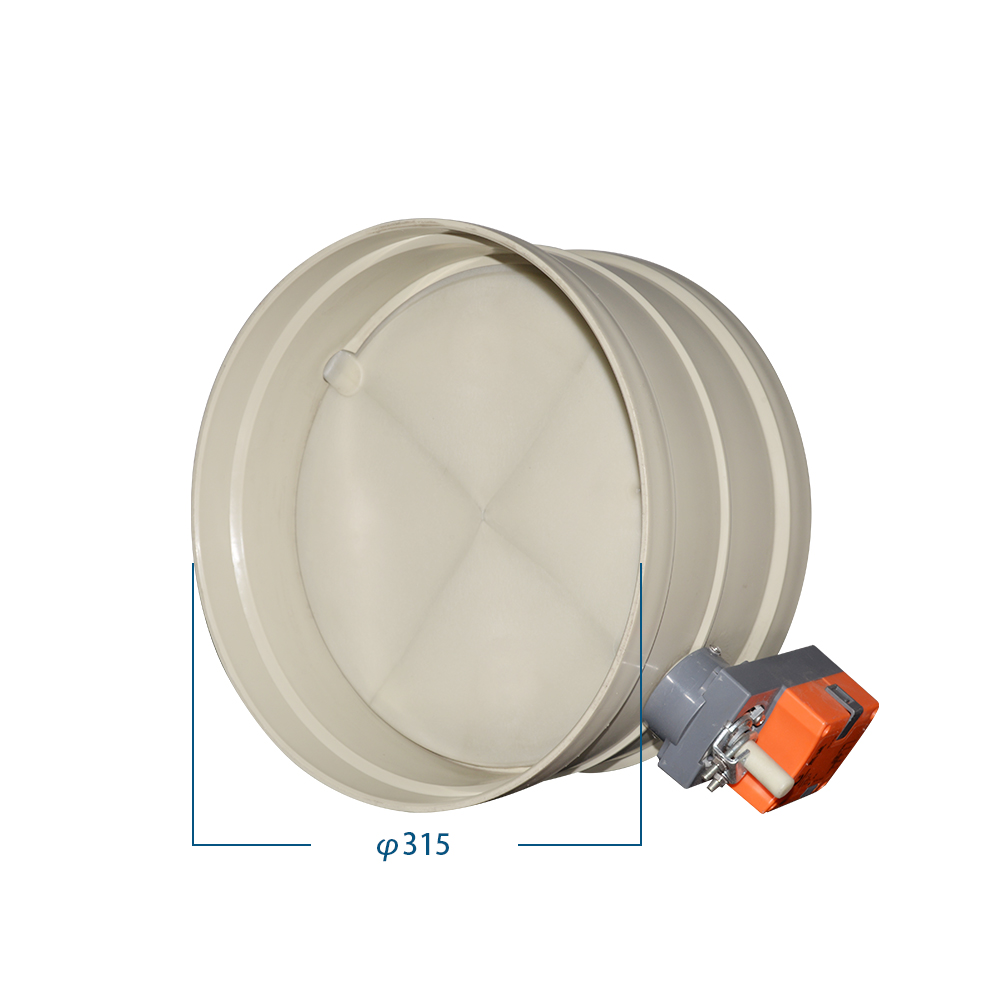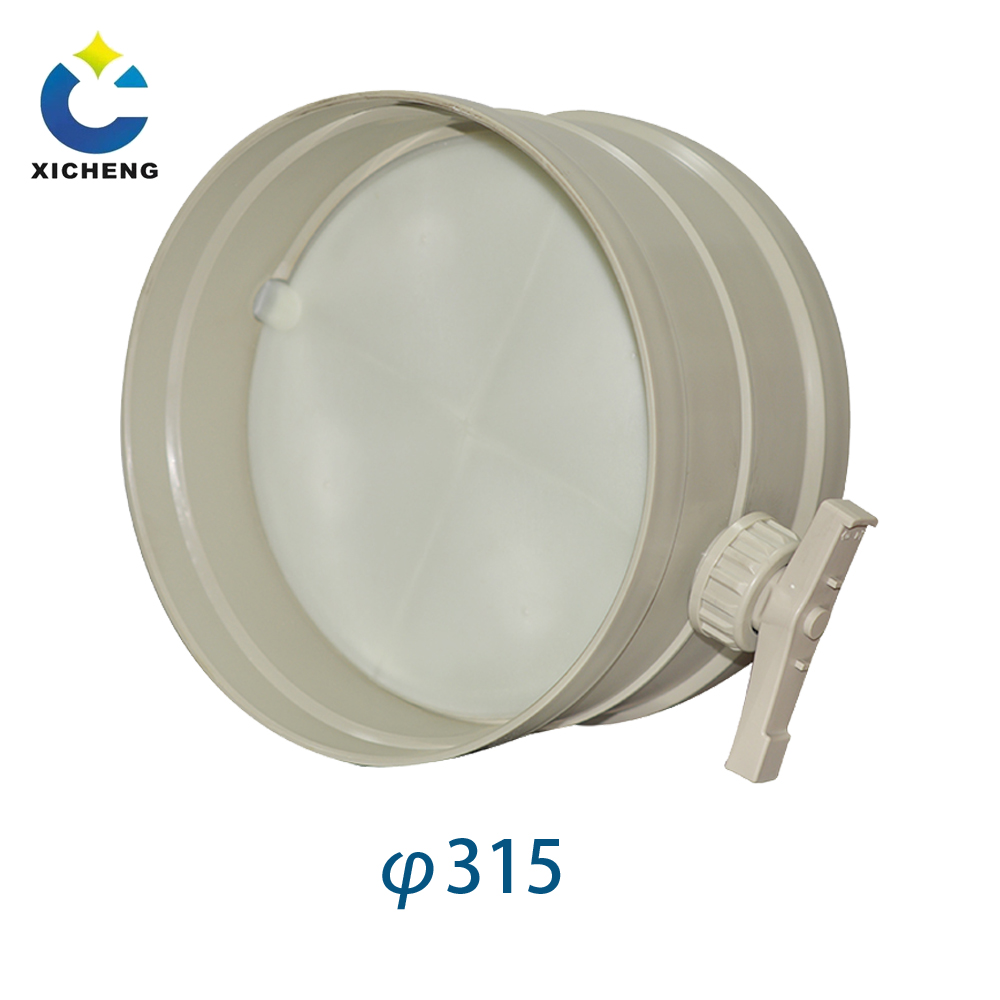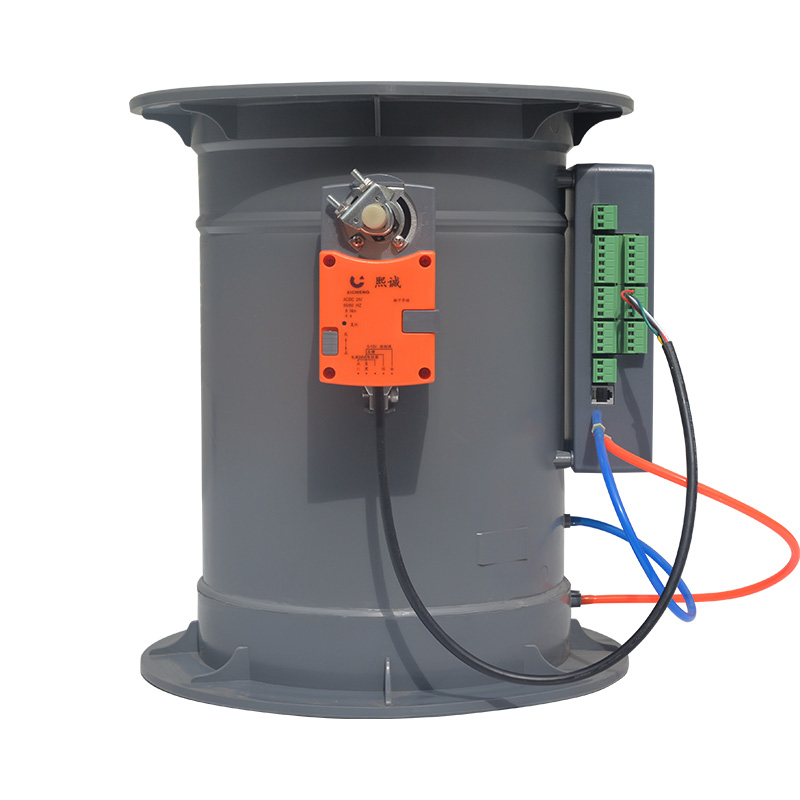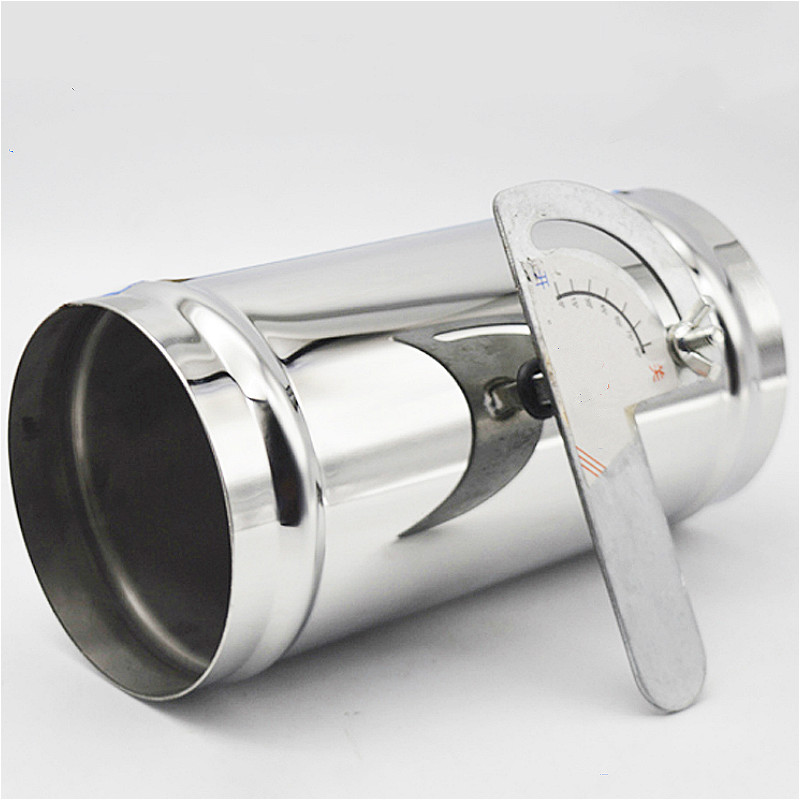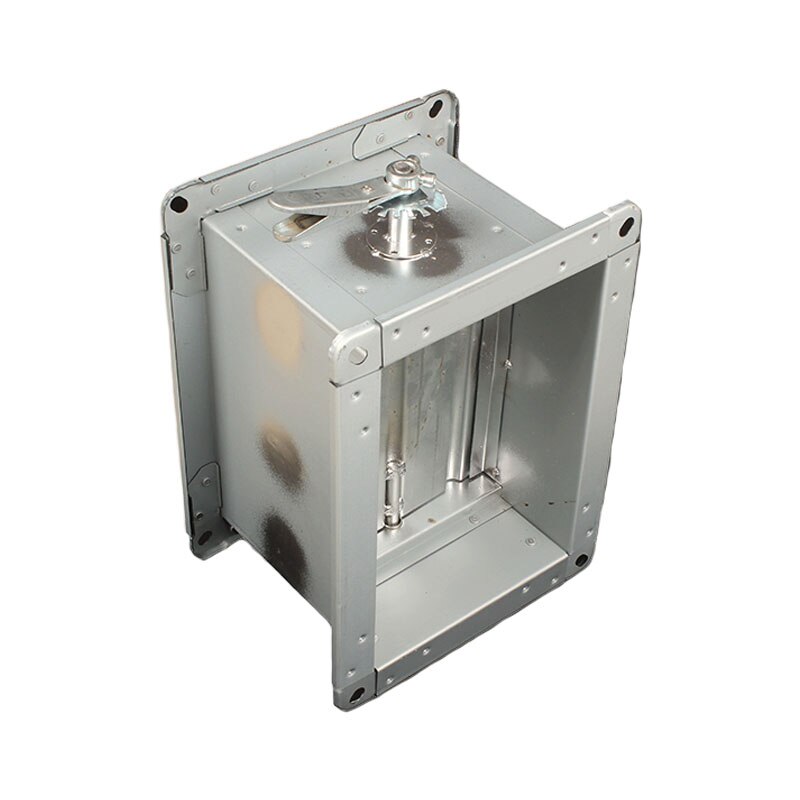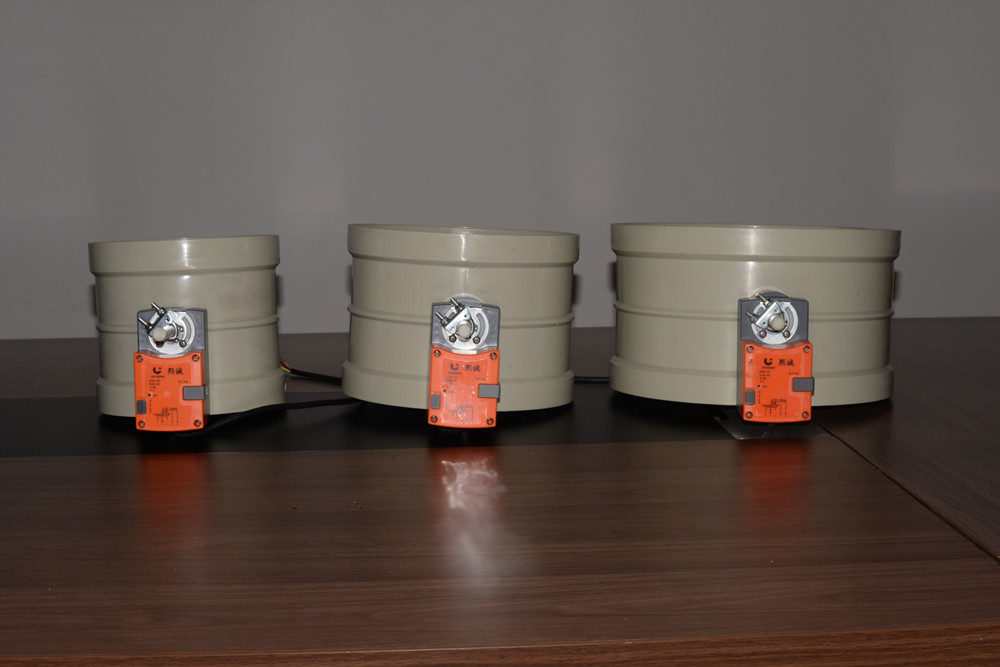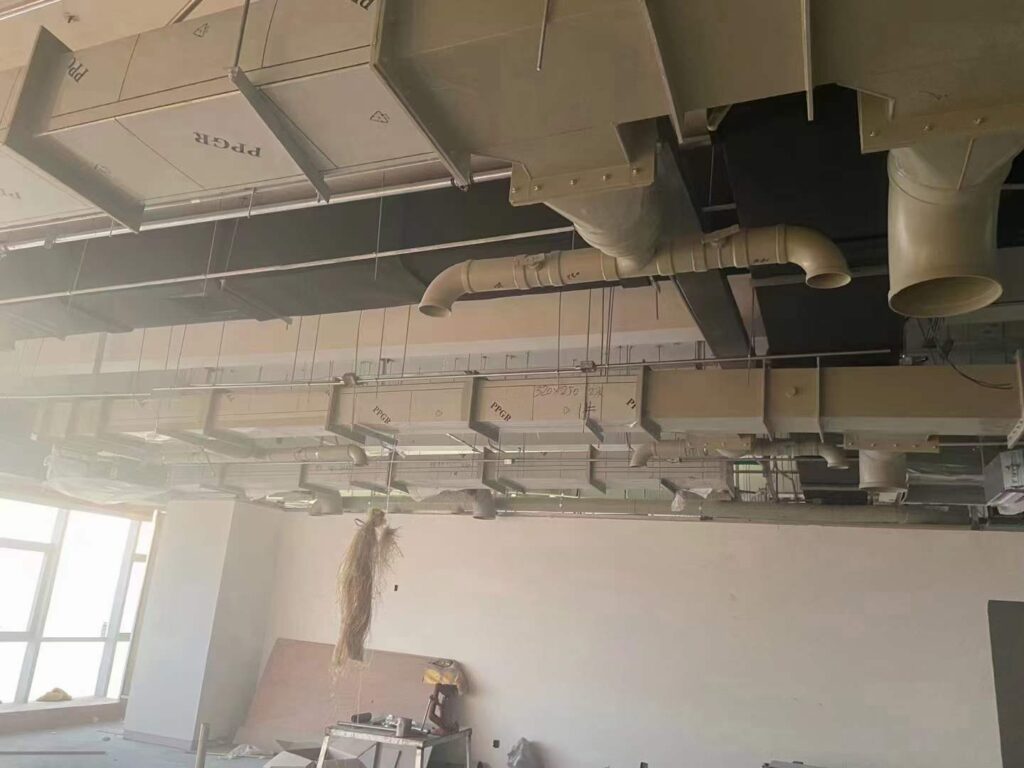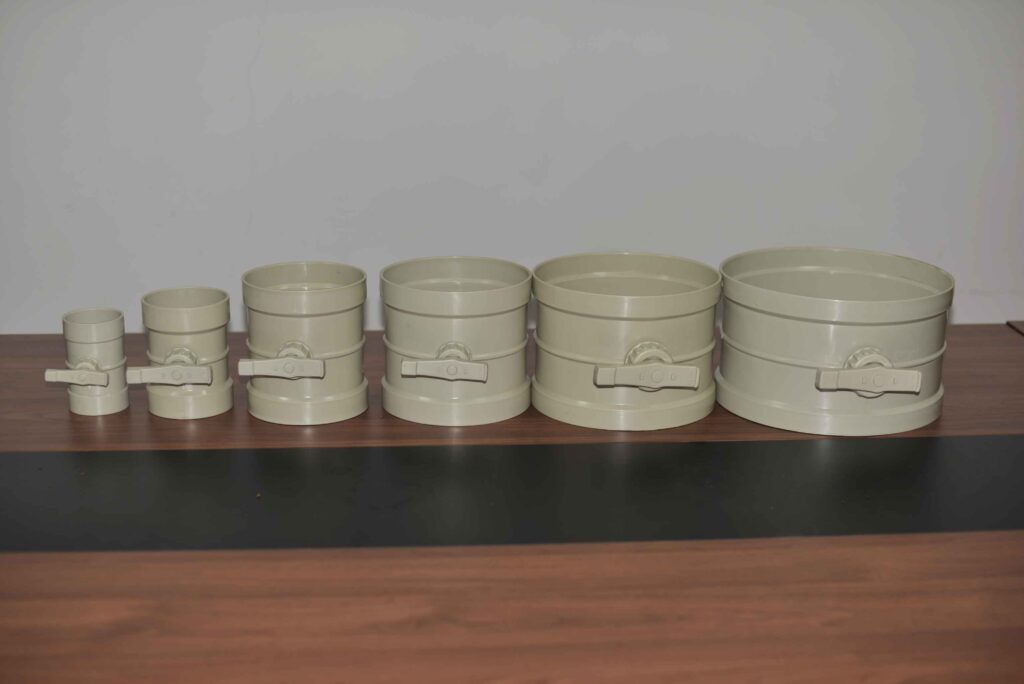Functional characteristics of electric air valve
Category : Blog
Although the pneumatic valve is more popular, it still has its value. The electric air valve is composed of two parts, an angular-stroke electronic electric actuator and a butterfly valve adjustment. This mechatronics design can simultaneously realize the functions of the opening signal position feedback, position indication, and manual operation. It can be said to be powerful, Reliable performance and precise control.
The working principle of electric actuator:
The working principle of the electric actuator is to use the forward and reverse rotation of the motor to realize the switch of the valve. The air volume can be automatically adjusted through the intelligent sensor system.
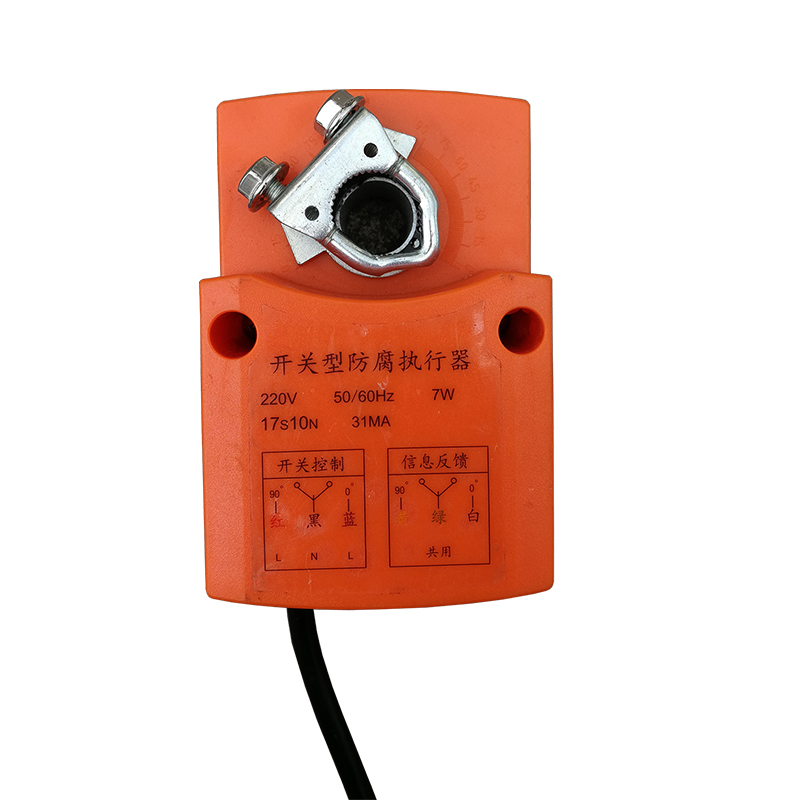
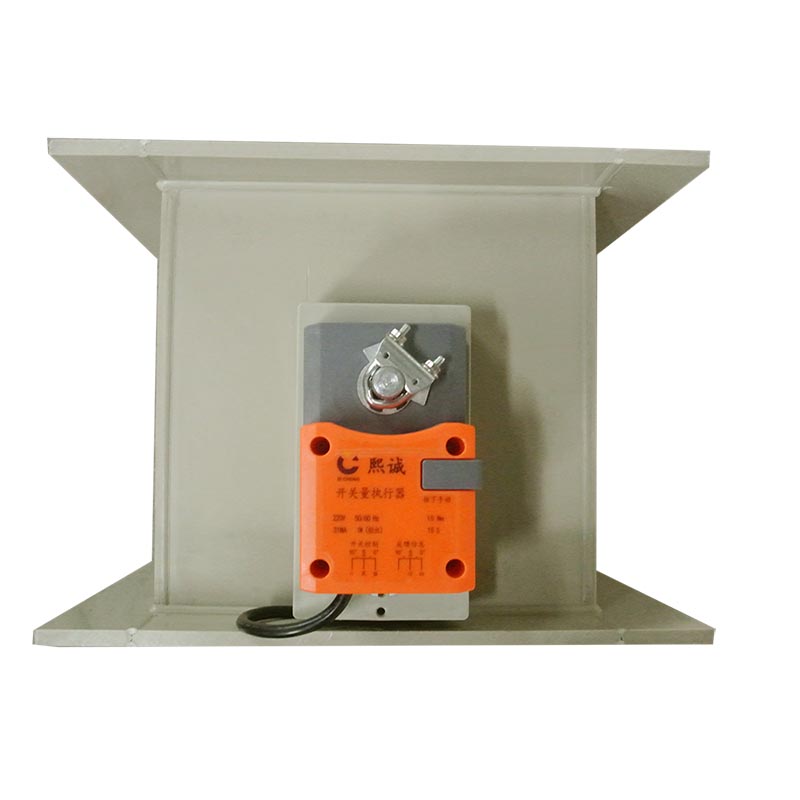
Features:
It is mostly used in cold air or hot air gas pipelines in ventilation and environmental protection projects. The specific industries are chemicals, building materials, power stations, glass products, etc. The sealing ring of the electric air valve is tightly processed with the same high-strength material as the valve body, which has good stability. It also has the advantages of simple structure, small operating torque and light weight, and the characteristics of rapid opening and closing, flexible actions, small operating torque, and large flow capacity are also one of the reasons for the good response of users. It can be applied to the control and adjustment of dust, flue gas, air, and fluids containing suspended particles and thick and turbid and slurry fluids, so it can be regarded as a powerful and practical component in industrial control components.
There is also a manual switch valve function on the electric actuator of the electric damper, which is to make emergency treatment in the absence of points and emergency situations. The editor here wants to remind everyone that it is best to do routine maintenance of the electric damper when using it, so as to extend its working life and ensure its working stability.
- Contact information
- Email: Leyte@chian-xicheng.com
- Whatsapp: +86 19925135783
